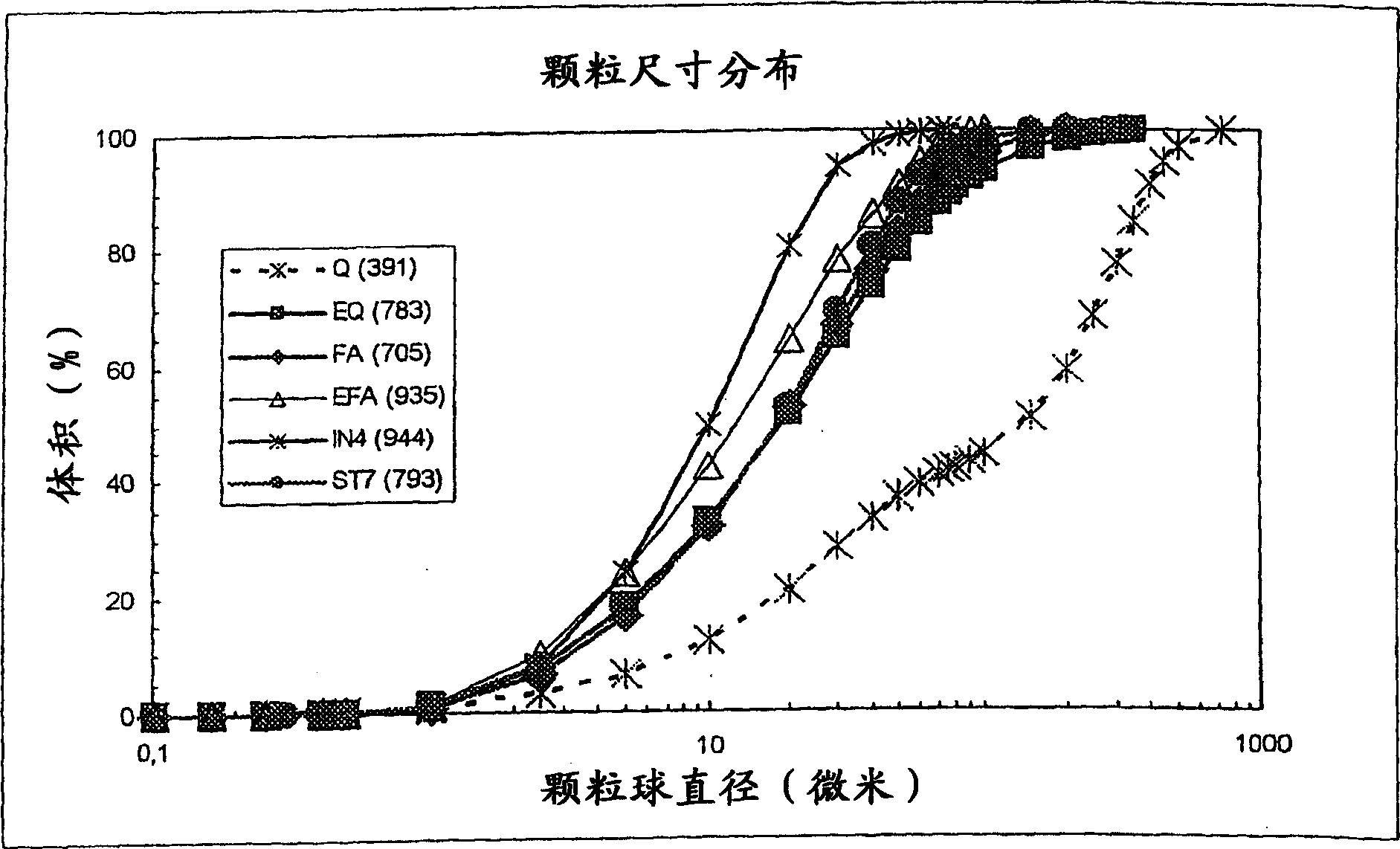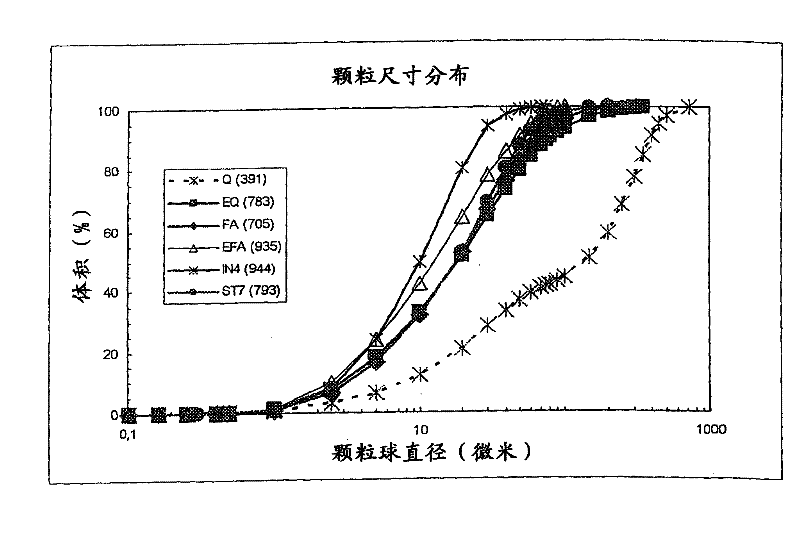Process for producing blended cements with reduced carbon dioxide emissions
A technology of mixing cement and cement, which is applied in the direction of sustainable waste treatment, solid waste management, climate sustainability, etc., can solve the problems of non-competition, increase of setting time, increase and decrease of concrete strength, etc.
- Summary
- Abstract
- Description
- Claims
- Application Information
AI Technical Summary
Problems solved by technology
Method used
Image
Examples
Embodiment Construction
[0038] The following materials were used in the experiments: CEM I 42.5 according to EN-197 or Type I standard Portland cement according to ASTMC 150, (FA) grade fly ash, blast furnace slag (BFS), and quartz filler (Q) . The chemical composition of the materials is given in Table 6.
[0039] compound
PC
FA
BFS
Q
CaO
62.4%
15.0%
35.5%
0.1%
SiO 2
17.8%
49.4%
34.0%
98.2%
Al 2 o 3
4.0%
19.6%
11.5%
0.2%
Fe 2 o 3
3.9%
5.2%
0.4%
0.3%
SO 3
3.2%
0.8%
3.4%
0.1%
Na 2 o
<0.1%
0.3%
0.54%
0.3%
K 2 o
0.3%
1.2%
0.56%
0.2%
[0040] The bonding aid material has been ground separately in a vibrating mill VBM1518 to obtain approx. 1500cm 2 / g(Blaine) specific surface area.
[0041] Said filler has then been mixed in dry state with a highly reactive dry cement mixture produced accordi...
PUM
| Property | Measurement | Unit |
|---|---|---|
| compressive strength | aaaaa | aaaaa |
| specific surface area | aaaaa | aaaaa |
| specific surface area | aaaaa | aaaaa |
Abstract
Description
Claims
Application Information
 Login to View More
Login to View More - R&D
- Intellectual Property
- Life Sciences
- Materials
- Tech Scout
- Unparalleled Data Quality
- Higher Quality Content
- 60% Fewer Hallucinations
Browse by: Latest US Patents, China's latest patents, Technical Efficacy Thesaurus, Application Domain, Technology Topic, Popular Technical Reports.
© 2025 PatSnap. All rights reserved.Legal|Privacy policy|Modern Slavery Act Transparency Statement|Sitemap|About US| Contact US: help@patsnap.com


